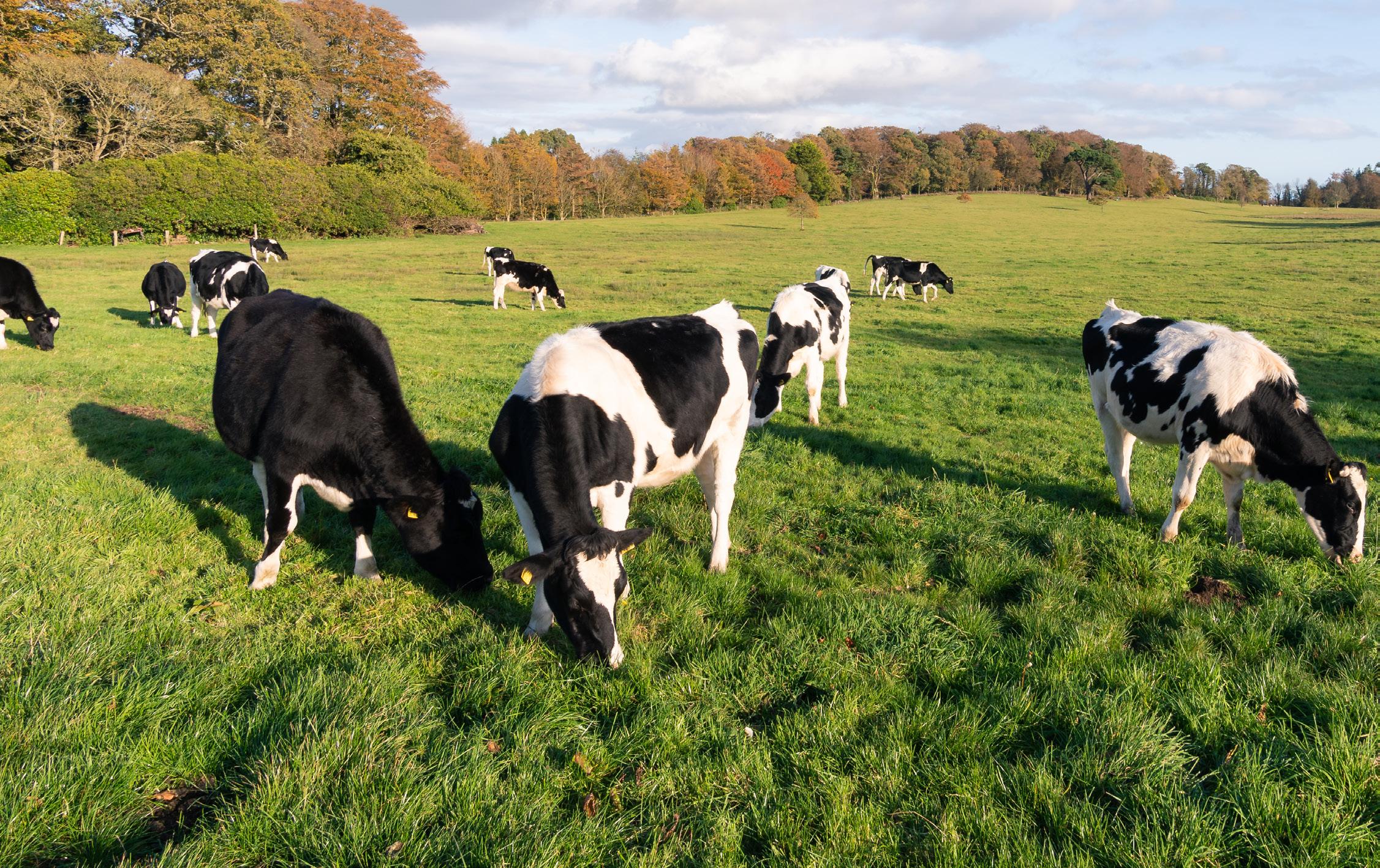Weed Susceptibility
Grassland Herbicides
Protecting and getting the most out of grassland is vital for maximising grassland productivity, stock numbers and profitability.


Protecting and getting the most out of grassland is vital for maximising grassland productivity, stock numbers and profitability.

Protecting and getting the most out of grassland is vital for maximising grassland productivity, stock numbers and profitability.
Weeds in particular can compete very fast for space, light, soil water, soil nutrients and reduce grassland productivity quickly if left to establish.
Ensuring a well-planned, long-term approach to grassland management and weed control is essential to keep productivity high.
GRASSLAND WEED CONTROL: TACKLING PROBLEM WEEDS.
Weed control in grassland is a key factor in successful grassland farming and herbicide spray applications should be applied safely, according to the product label and taking care for the environment with a sustainable approach.

IMPROVE YOUR GRASS YIELDS
Bad or severe weed infestations can easily incur yield losses of 10-20% in fields.
IMPROVE YOUR SILAGE QUALITY
Weeds such as docks and thistles in particular detrimentally affect silage quality.
KEEPING YOUR GRAZING STOCK HEALTHY
Weeds like thistles can spread diseases such as Orf in sheep and lambs.
IMPROVE GRASSLAND UTILISATION
Sheep and cattle often avoid grazing close to or around weed patches (especially thistles) which reduces effective grassland utilisation over time.
PROLONG THE PASTURE LIFE
Weed control ensures less productive weeds and other grasses are kept out and the target grass ley species mix is competitive so pasture renewal is less frequent.
For more information on the products in this guide please visit our website. If you require information on compatibility tank mixes, please contact us.
info@claytonpp.com www.claytonpp.com
Black bindweed 6
Bristly ox-tongue
Charlock 2TL
Chickweed Flowering
Cleavers Flowering
Corn chamomile
Corn marigold
Cranesbill
Dead-nettle
Fat-hen
Fool’s parsley
Forget-me-not
Fumitory
Groundsel
Hemp-nettle
Himalayan balsam
Knotgrass
Mayweeds
Nettle (small)
Black nightshade 6TL
Orache
Pale persicaria
Poppy
Redshank
Scarlett pimpernell
Shepherd’s purse
Speedwells
Spurrey
Wild radish 2TL
Yellow rattle
RATES
IMPORTANT: The above weed susceptibility table and weed control ratings are based on various information sources including label reference, farm experience, anecdotal and limited data and trials reference. The weed susceptibility table is for guidance only and is not a recommendation. As such use of the products listed for control of non-label weeds is the sole responsibility of the user.
Bindweed (field)
Bracken
Bramble
Broom
Burdock
Buttercups
Cinquefoil
Clover/Trefoil
Coltsfoot
Daisy (common)
Daisy (ox-eye)
Dandelion
Docks
Gorse
Ground elder
Ground Ivy
Hawthorn
Hemlock
Hogweed
Horsetail
Knapweed
Lesser celendine
Mallow
Medick (black)
Mugwort
Nettle (common)
Old man’s beard
Plantain (greater)
Plantain (ribwort)
Ragwort
Rosebay willowherb
Rushes
Self-heal
Silverweed
Sorrel
Thistles
Verch, tare
Yarrow
Rosette

Why control thistles: Creeping thistle when established has extensive roots underground and competes very strongly with grass, and as a perennial it grows from seed or portions of root. Spear thistle can spread to cover over a square metre of ground within two years so is a serious threat to grassland productivity., and as a biennial growing from seed it is less obvious in its first year but can spread rapidly in its second year.
Timing of control can be difficult as thistles can appear at different times and overgrazing and poor soil nutrition can also both encourage growth of thistles.
Control options and application tips:
Herbicides* containing active ingredients such as fluroxypyr, triclopyr and clopyralid provide useful treatment options. Where thistles are at different growth stages in the pasture, topping 2-3 weeks before spraying is advisable.
Why control docks: Docks thrive in fertile grassland pastures but compete for valuable space and only provide two-thirds of the feed value of grass from the same area. One dock plant can produce up to 60,000 seeds which can remain viable for many years.
Open swards which can result from poaching, over-grazing or winter kill provide space for docks to establish and infest fields. Docks establish more easily on grazed land and in silage systems and respond well to nitrogen fertiliser.
Control options and application tips:
Herbicides* containing active ingredients such as fluroxypyr and triclopyr provide excellent treatment options. Docks are best controlled at the rosette stage when actively growing and not under stress, and leaves are a healthy green.
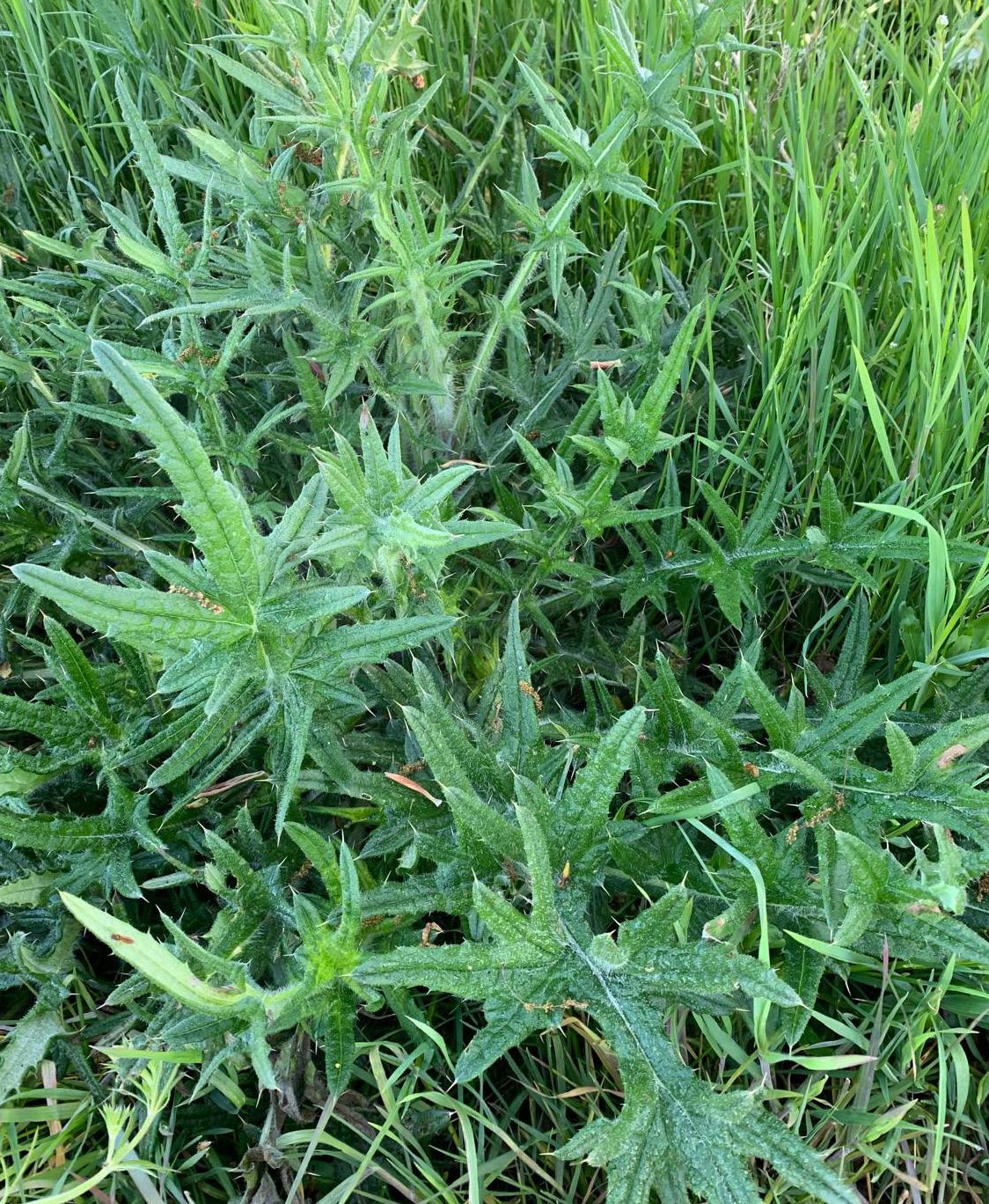
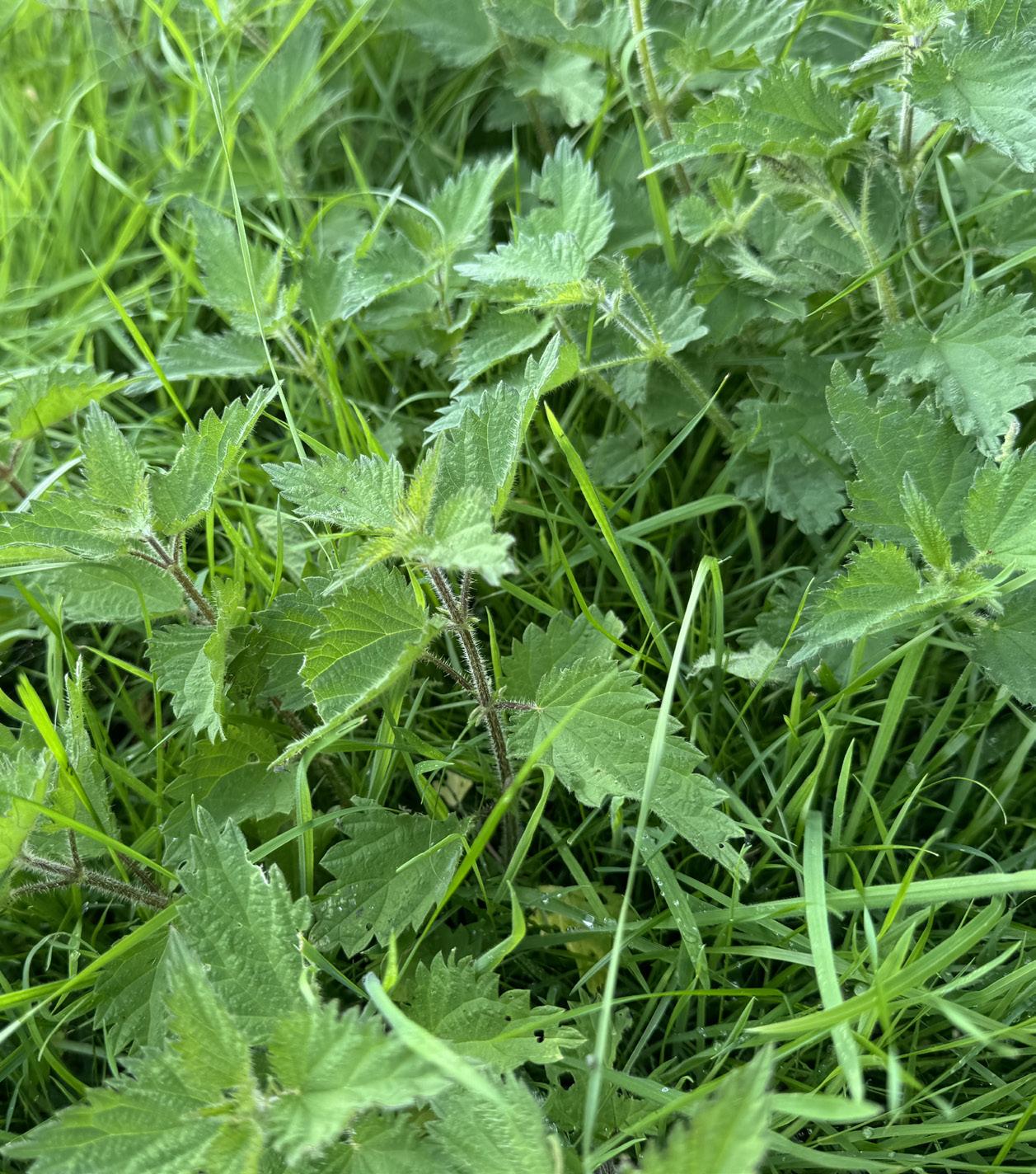
Why control nettles: Nettles infestations very quickly spread out and occupy valuable pasture as they grow, making pasture unpalatable and reducing the effective grazing. As a perennial weed they can grow from both seed or root portion so are very invasive.
Poached areas, bare soil, field margins or open swards are ideal areas where nettles will establish.
Control options and application tips:
Herbicides* containing active ingredients such as fluroxypyr, triclopyr and clopyralid provide good treatment options. Nettles are best controlled when young and actively growing at 15-25cm high. Once established, nettles are difficult to control by a single treatment, so regular treatments may be required.
Why control chickweed:
As the most widespread, common annual weed of grassland, its very rapid growth means it competes strongly with grass leading to significant yield losses especially when establishing new grass leys. Often a significant problem in new reseeds, it can also be troublesome in established grassland as it can quickly grow and colonise bare soil areas.
Control options and application tips:
Herbicides* containing active ingredients such as fluroxypyr, triclopyr and clopyralid provide good treatment options. Ensure good, quick establishment of new swards and that seedbeds are clean and weed free. Use of a heavy roll can also help fast establishment when sowing new grass leys to achieve good soil to seed contact.
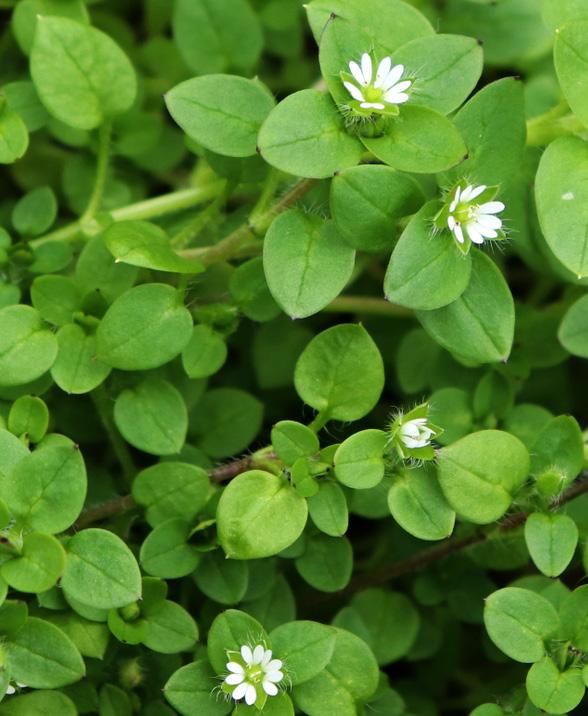
Powerful, foliar-acting herbicide for control of broad-leaved dock and curled dock in established grassland, offering all-star performance and value.
Established Grassland
Active Ingredients: 150g fluroxypyr and 150g triclopyr
• Powerful, high efficacy herbicide for dock control.
• Reduces weed competition to improve your grass yields and silage quality.
• Controlling docks improves your overall grassland utilisation.
• Effective dock control helps prolong the pasture life.
• Compliments our range of other grassland herbicides.
• Added assurance of Clayton’s trusted products and premium service.
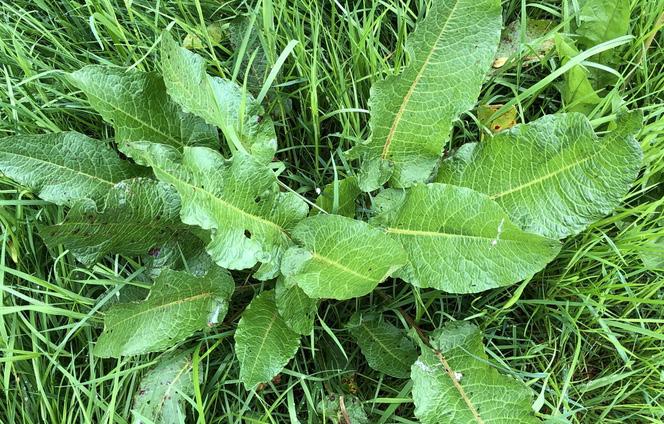
A foliar-acting herbicide for the control of nettles, thistles, docks, brambles, broom and gorse in established grassland, offering premium performance.
Established Grassland
Active Ingredients: 60g clopyralid and 240g triclopyr
• Powerful, dual active herbicide for controlling a range of problem weeds.
• Reduces weed competition to improve your grass yields and silage quality.
• Great for spot treatments, a costeffective way to target weeds like Spear thistles.
Emulsifiable concentrate
• Hand-held spraying minimises overall herbicide usage for better environmental stewardship and improved cost margins for grassland weed control management.
• Compliments our range of other grassland herbicides.
• Added assurance of Clayton’s trusted products and premium service.

Translocated herbicide for the control of chickweed, dock, nettles and brambles in newly sown and established grassland.
Established Grassland Newly Sown Leys
Active Ingredients: 200g fluroxypyr
• Powerful, single active herbicide for controlling a range of problem weeds.
• Reduces weed competition to improve your grass yields and silage quality.
• Great choice for overall sprays in both newly sown leys or established grassland.
• A good option for chickweed control, to ensure quick establishment of new swards.
• Compliments our range of other grassland herbicides.
• Added assurance of Clayton’s trusted products and premium service.

Effective, triple-active, selective herbicide for control of a wide range of weeds in newly sown and established grassland.
Established Grassland Newly Sown Leys
Active Ingredients:
100g fluroxypyr, 80g clopyralid and 2.5g florasulam
• Powerful, triple active herbicide for controlling a range of problem weeds.
• Reduces weed competition to improve your grass yields and silage quality.
• Great choice for versatile weed control in newly sown leys and established grassland.
EC Formulation Emulsifiable concentrate
• Good option for control of buttercup, dandelion, plantains, cleavers, thistles, mayweeds, charlock and seedling docks to ensure weed control in grass swards, new and old.
• Compliments our range of other grassland herbicides. Added assurance of Clayton’s trusted products and premium service.
